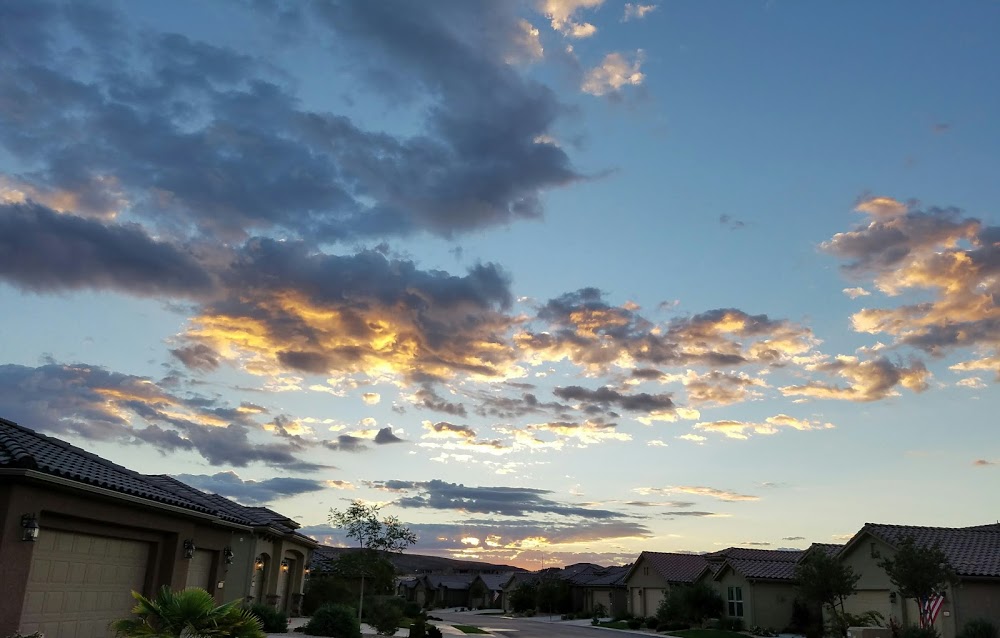If you live in the state of Utah, you are in luck…there is plenty of support for both the new and the experienced writer alike. Joining a group that is especially for writers can be a very helpful thing. Not only do you get support, but you can network and learn new things from others in the field.
Freelance-Zone.com
Upon leaving WIFYR last June, I was all excited to write AND to help create an online writing group that included all the friends I’d made during that fun week. BUT here I am 3 months later, and I have NOT helped with the writing group that the kind and talented Jared organized. I have to ask myself WHY NOT.
It’s not that I don’t want to be part of a writing group because I really do, but I realized I want to meet face 2 face, NOT computer 2 computer. Even though it means adding one more meeting to my busy life, traveling to who-knows-where through wind, rain, snow, sleet and occasional sunshine or moonlight. That didn’t appeal to me in June, but it does now.
So these are the reasons an online group doesn’t fit the bill for me:
- I need DEADLINES – not just write-and-submit due dates, but show-up with-manuscript-in-hand-and-face-your-peers kind of cut-offs.
- I need to HEAR someone besides MY inner or outer voice read my writing to see if it sounds as good or bad as it does in my mind.
- I need feedback THAT VERY MINUTE, not when an online buddy can get around to looking it over, because if they are as pathetic as I am, they will NEVER get to it.
- I need living, breathing bodies to interact with because I spend enough time staring at a screen, and as much as I love listening to i Tunes or Pandora, I crave the energy of human beings. I like to see their faces, not just their Gravatars.
- I need people to laugh at my craziness, to encourage me when I miss the mark, and to share ideas that are better than what I glean from Me, Myself, and I.
 With that said, this is what I’m looking for – a group that …
With that said, this is what I’m looking for – a group that …
- meets once a month
- includes experienced AND INexperienced writers
- experiments with a variety of genres – from sci-fi/fantasy to contemporary; from paranormal to mysteries; from romance to historical.
- includes Millennials as well as the Geritol Generation, and
- can laugh out loud.
- is willing to take risks with their writing and who encourage others to do so.
- can give constructive suggestions without making the writer feel inferior, and can receive suggestions without becoming all defensive.
I don’t really want much. But if you know of such a collection of aspiring writers, please let me know. I’d love to land there!












 one.
one.